Asteroids, Comets, and Meteoroids:
Lets start by getting the language cleared up. Asteroids are largish rocky or metallic object that are mostly found inside what we think of as the solar system. Comets are a mix of ice (of various kinds) and dust and typically spend much of their life far away from what we normally describe as the solar system (out to Neptune or so). Meteoriods are any small bits of stuff (rocky, metallic, or icy) that are moving about our environment. If a meteoroid runs into a planet they are called meteors as they make flashy streaks through the sky. If the meteoroid makes it to the ground it is called a meteorite. Sheesh.....
Asteroids:
Asteroids have a number of different origins. The bulk of the asteroids seem to occupy a region of the solar system between Mars and Jupiter. At one point it was thought that this might be the remains of an early planet destroyed by various forces during the formation of the solar system. Having estimated the weight of all the asteroids we have detected (more about that in a moment) and added them up it's not enough to make more than a large moon. That's part of why our current thinking is that the asteroids in the asteroid belt are the remnants of a failed planetary formation process. This suggests that studying these asteroids will tell us more about the early formation of the earth.
Some of the asteroids out there are also material that has been blasted off the surface of other planets and moons by dramatic collisions in the distant past. Consider that we currently believe that the moon is a large chunk of the earth torn off in an early collision. Surely there would be many smaller bits of rock etc that would have ended up flying around the solar system in the aftermath. Some meteorites that we have collected here on earth exactly match the composition of rocks found on the moon and studied on Mars by the rovers. While we refer to these asteroids as 'rocky' it would be wise to consider the earlier image of Bennu from the OSIRIS-REx mission that just collected a sample.
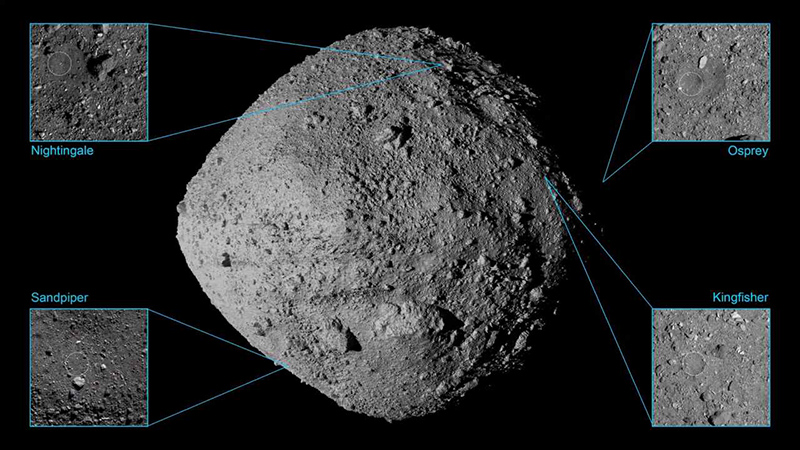
This is probably typical of most asteriods which is to say a loosely collected ball of large and small boulders along with sand and gravel. Not so much the giant solid rock we usually think of. Here is an image of Vesta which looks more moon like and has a diameter of around 400 km (roughly 1/4th the size of Oregon).

Most asteroid material looks something like this...

Sometimes they are a mix of metal and minerals (typically olivine)..
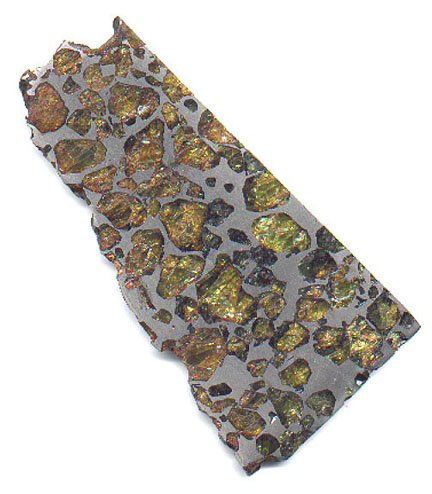
..and some are metallic...
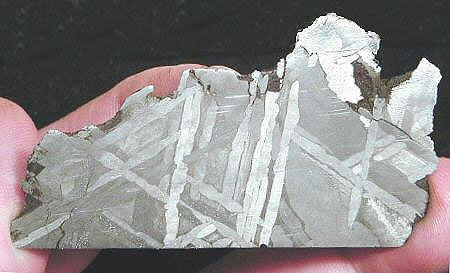
Asteroid Risk:
Over the last 40 years we have been able to identify many many more asteroids than we used to be aware of including many which intersect with the earth's orbit. Here is a map from the Armagh Observatory in Northern Ireland.
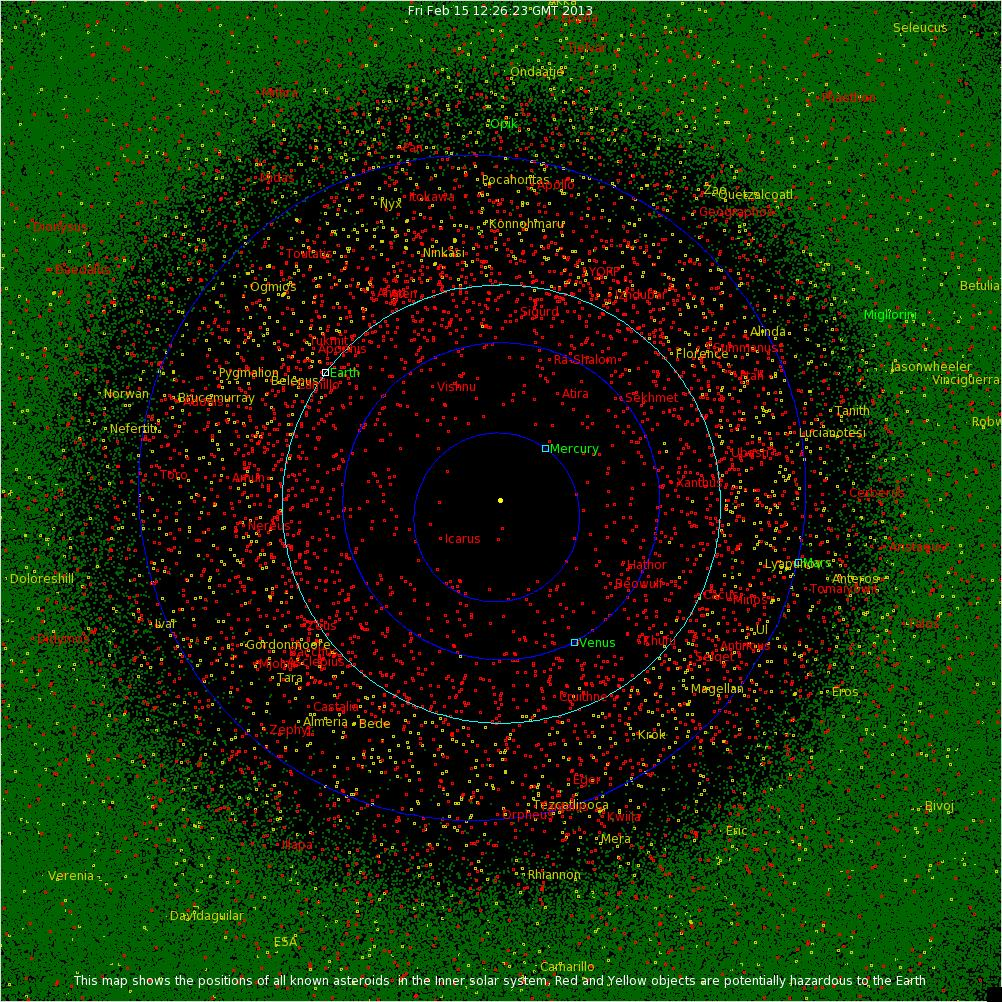
This could feel a little terrifying until you remember how empty the solar system really is. That doesn't mean there is no risk but we are getting better at finding and tracking the smaller asteroids so perhaps we'll get some warning. It is relevant to note that we don't often notice near misses until after they have passed. NASA's center for Near Earth Objects (NEO) keeps a list of past and potential future near misses here. Here's a Veritasium video from 2020 that addresses this topic very effectively.
I am particularly struck by the point made in the video that we can't see near earth asteroids that are between earth and the sun because we only see the 'dark' side of the asteroid. Ties in nicely with our discussions of the phases of the moon.
For reference the asteroid/meteoroid that entered the atmosphere over Chelyabinsk in 2013 (many people injured by flying glass but not the meteor itself was about 20 m in diameter. The asteroid/meteoroid that created the Arizona Meteor Crater is thought to have been 50 m in diameter. This crater is over 1 km in diameter.

So now that we're all worried let's step away from asteroids for a bit and talk about comets.
Comets:
Comets are thought to have formed further from the sun in the early solar system and have orbits that typically take them far from the center of the solar system into the Kuiper Belt past Neptune. Because they formed further from the sun they are less rocky and more icy in general. As you can see in this image of Comet 67P/Churyumov-Gerasimenko from the Rosetta mission the surface features are very different than Bennu the rocky asteroid.

One of the surprising things about space is that while it is cold in some sense it is nevertheless hard to get rid of heat because of the surrounding vacuum. As a result, as the comets come closer to the sun during their orbits, sunlight heats them up enough to 'boil' off dust and gas which is illuminated by the sunlight. This forms the spectacular 'tail' that we see. This image of the comet Neowise (this year!) shows the tail and it's orientation pointing away from the sun.
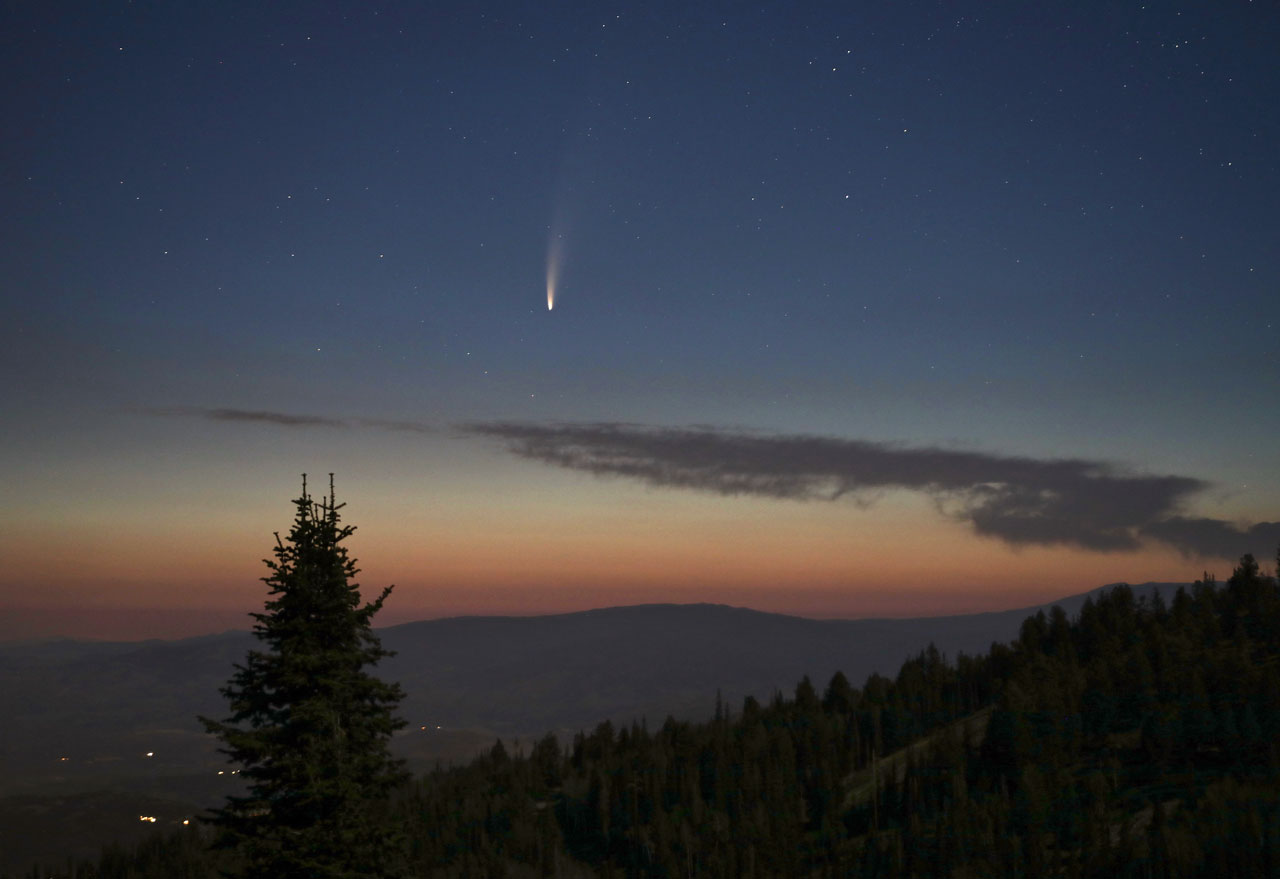
Sunlight is pushing the gas and dust away from the comet. This is the same effect we noticed in our first lab looking at the Eagle Nebula (Pillars of Creation). Surprisingly this means the 'tail' leads the comet back out into space after the comet goes around the sun.

Because comets are disrupted by their orbit near the sun and the boiling off of gas and dust they tend to leave a trail of small debris along their path which follows along roughly the same orbit though spread over a larger area. This small debris is in a reasonably well defined part of the solar system and when the earth passes through the orbital path of a comet we often see relatively many meteors at that time. When we pass through the orbital path of Halley's Comet each October there is a meteor shower called the Orionids to go out and look for. The Perseid Meteor shower in July orginates with the Comet Swift-Tuttle which was last seen in 1992 and won't be seen again until July 2126 - dang!
Water on Earth:
One surprising feature of Earth is how much water we have relative to other planets. There was a thought that much of our water comes from comets that impacted the earth in it's early formation. Measurements from the Rosetta mission make this seem less likely. Current thinking is that the excess water may have come from more icy asteriods in the early solar system. In addition it is unclear how many small bits of comets and asteroids 'hit' the earth each day. Depending on who you talk to it ranges from 5 to 300 tons a day! Even if only a small fraction of that is water it is steadily adding to our supply.
Meteorites:
So then there is the question about meteorites -- the small bits and dust from asteroids or comets that start life in space, hit the earth as meteors, and finally make it to the ground as meteorites. They are not common in one sense because they are typically small and therefore hard to find. If they are big enough there is a reasonable chance that some portion of the meteor will survive all the way to the ground. Some break apart into smaller harder to find chunks and a few survive relatively intact all the way to the ground. The large survivors are usually metallic (nickel iron) meteors like the Willamette meteorite (yes from Oregon) which is currently housed at the American Museum of Natural History.
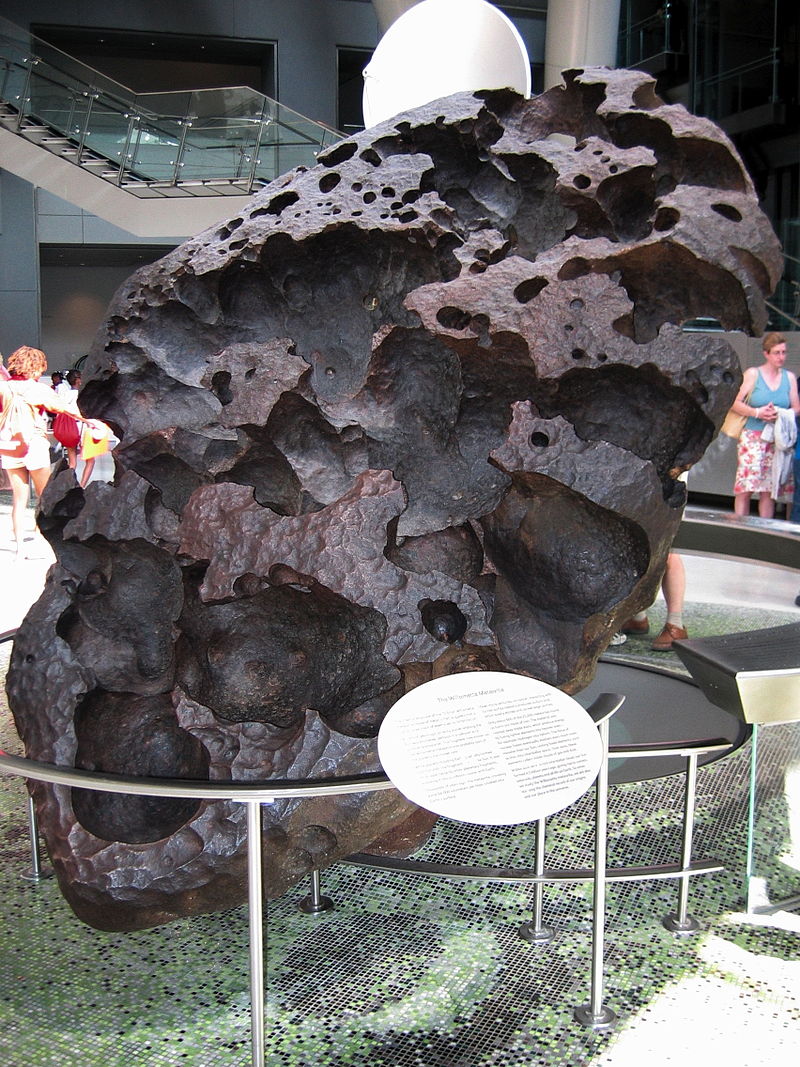
Here's the largest known such object which is so big it's never been moved from where it was found in Namibia.
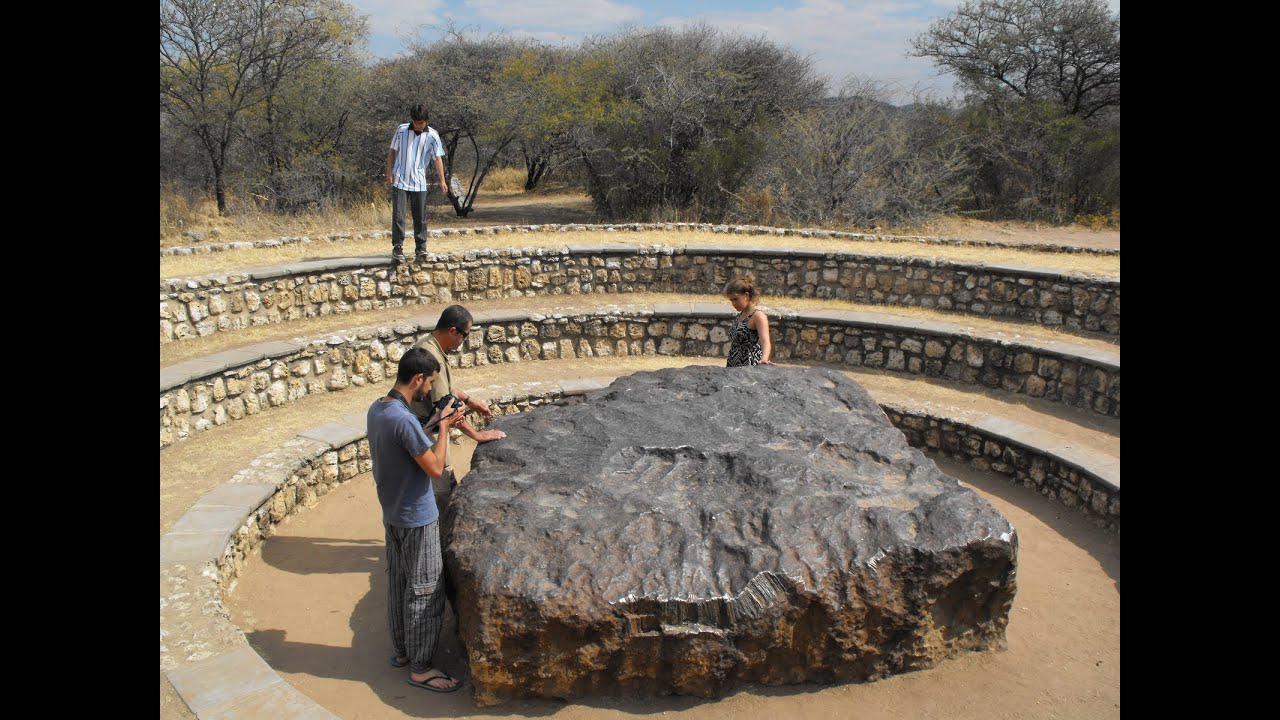
Sometimes you just get lucky and it finds you without doing too much damage. This meteorite went through the roof of her house and, after bouncing around, hit and bruised her.

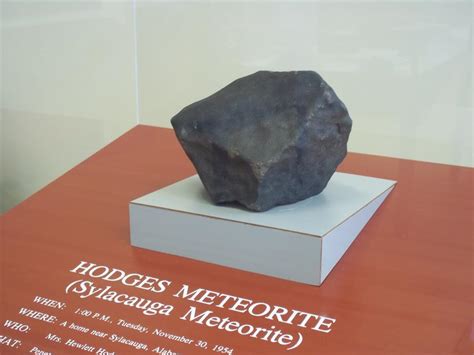
Hunting for Meteorites:
We have learned a great deal about the solar system and how it was possibly formed from meteorites that have been collected over the years. We have also found meteorites that seem to be from Mars and others which are convincingly from the moon. Makes us think differently about the drama of past collisions between various objects in our solar system. You can collect meteorites in a variety of ways. Some folks just go to the Tuscon Rock and Gem Show and meet at the Meteorite Exchange to purchase samples. Others are more interested in a good excuse to go outside and look for these rare and wonderful creatures.
This world map catalogs the many places that meteorites have been found around the world. It is interesting to look around at the places in the world where many have been found and those where few have been found. This is not because meteorites only hit the earth is certain spots. Rather it is because of geologic and geographic factors which make the meteorites stand out. Some of these factors contribute to Antartica being one of the most productive places to search for meteorite as described here. You will notice that the Pacific NW is a little sparse in terms of found meteorites. One reason for this is that the volcanic rocks in this area look remarkably similar to meteorites making it hard to spot them. If you are interested in hunting for meteorites I would start with this webpage and see where it leads you. They also have an extensive gallery of different meteorite finds. You can also have some fun trying to identify the meteorites on this Find the Meteorite page.
Finding Meteorites with Science:
For any one person seeing a meteor it is very difficult to determine it's trajectory. In our modern era with many people out an about with cell phone video and other recording devices it has become more common for multiple observers to report large meteors (fireballs). From these multiple observations it is possible to reconstruct the path of the meteor and extrapolate a region in which the fragments may have fallen. Sometimes leads to the rapid finding of some of the fragments (here) and sometimes not so much (here). Notice that these meteorites are likely to be many tons in size and only a few grams have been found. There are undoubtedly more fragments out there but they are spread over a large area and if the area is wooded or vegetated it makes the process muc more difficult. Meteor hunting is much easier when the ground you're searching is clean sand or an empty lake bed where an out of place rock stands out a little. Perhaps it's worth keeping an eye on the American Meteor Society news page in case a fireball is seen in the NW. Good luck!
